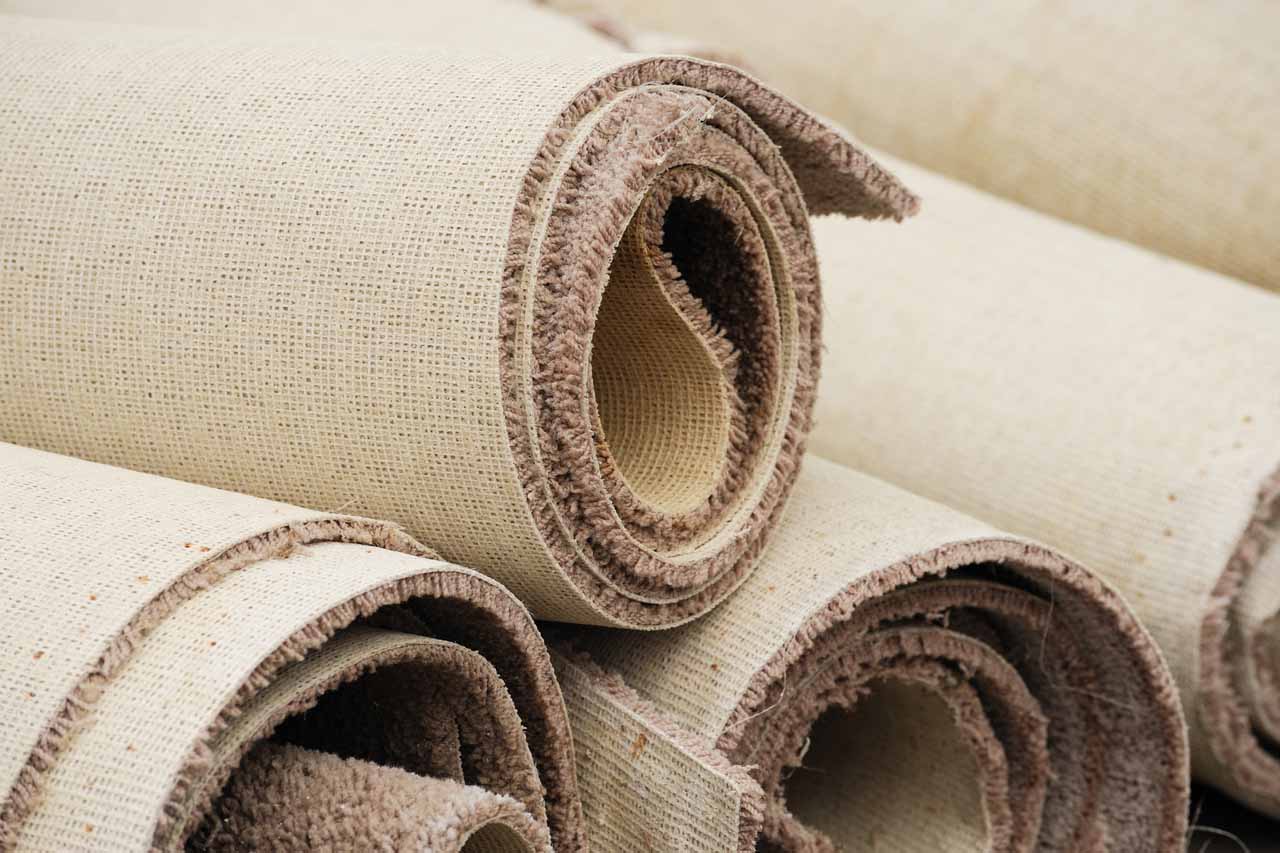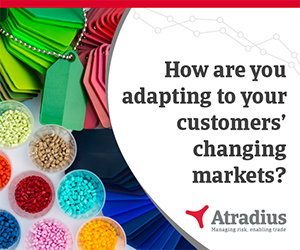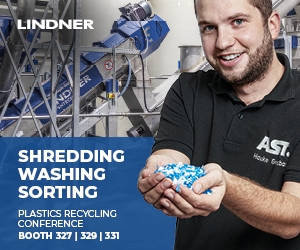
Technological advancements, increased processing capacity and growing sustainable materials markets make carpet a ripe target for chemical recycling. | ND700/Shutterstock
Post-consumer carpet has long been hard to handle, a bulky waste item that rapidly fills up landfills.
However, recent developments in technology mean this waste stream has become the feedstock for the future. Carpet America Recovery Effort (CARE) has been working for years to establish an effective recycling system in California, with excellent results. About 76.4% of all the carpet collected in California in 2021 was recycled into useful new products, exceeding the program’s goal of 60.0%. This percentage, called the yield, has grown dramatically over the life of the program from just 28.0% 10 years ago, all thanks to expanded collection, extra processing capacity and growing markets for sustainable materials.

Russ DeLozier
Through subsidies, grants and technical assistance, CARE supports increased collection and processing of carpet into products containing recycled carpet material. Twenty-seven vendors currently incorporate carpet in at least 103 products. These products have industrial and retail applications, such as automotive plastic components, rubber transition mats, building materials, absorbency products, carpet underlayment and new carpet itself.
Carpet – residential and commercial broadloom and carpet tile – is manufactured using approximately 70% thermoplastics and 30% inert/inorganic fillers. The face fibers of carpeting can vary and are typically made from PET, nylon and/or polypropylene fibers. Billions of PET bottles are recycled each year in the production of PET carpets, making carpet the largest single outlet for recycled PET bottles. The backing consists of finely milled calcium carbonate with a small percentage of SBR Latex, which acts as the glue in the carpet manufacturing process.
All carpet recycling starts with a mechanical process and then can undergo the chemical recycling process to add additional value to the material. Mechanically recycled post-consumer carpet produces various streams of usable and sustainable materials. These materials make their way back into products that consumers use daily. From heat-resistant, hard plastic under the hoods of cars to concrete ballistic and forced-entry construction materials, this feedstock material will continue to be a sustainable choice when designing products for the circular economy.
Advances in chemical recycling have grown the market demand for post-consumer carpet feedstock. The face fiber – PET, polypropylene, nylon 6 and nylon 66 – can be processed to make a suitable feed material for the chemical recycling process. This process purifies the material streams to create the basic building blocks for polymers, monomers, oligomers or new hydrocarbon products.

Rob Thiess
These once-wasted materials are now a valuable commodity for a growing sustainability market segment. Major companies such as Eastman, Dow, PureCycle Technologies, ExxonMobil, Shell and Aquafil are increasingly interested and have committed hundreds of millions of dollars to build new plants as legislation around the county begins to support the diversion and recycling of post-consumer plastics in general.
The recent acquisition of California-based recycler Circular Polymers by the global high-performance materials manufacturer Ascend Performance Materials is just one indicator that manufacturers are looking to utilize these materials as a sustainable feedstock moving forward. Eastman has indicated that they are committed to their chemical process and will utilize 160,000 tons of PET per year in their newest facility. That operation is being brought on-line shortly.
As a result of these technological and business developments, carpet has become a valuable, sought-after feedstock. “Carpet: Feedstock for the Future” is the theme of the upcoming CARE Annual Conference, April 25-26 in Orlando, Fla. Collectors, processors, and manufacturers from around the country will discuss recent developments in recycling technology, the ID equipment challenge, extended producer responsibility, and new products and markets.
Russ DeLozier is a carpet industry veteran who consults on plastics recycling, waste reduction, flooring recycling and overall sustainability issues.
Rob Thiess is the product and market development manager for CARE.
More stories about challenging materials
- Ohio startup creates end market for small challenging plastics
- EU recyclers urge understanding of solvent-based methods
- Colorado approval signals path forward for PRO choice



